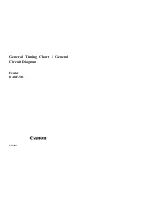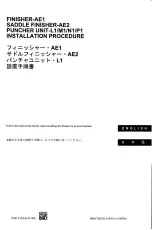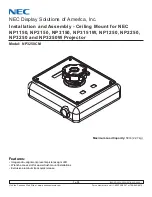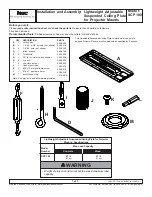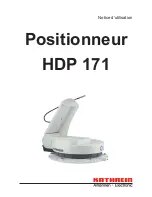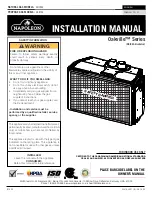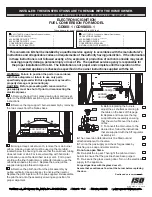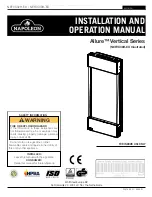
1
1-13
Managing color on the Fiery
N
OTE
:
PostScript applications may perform their own black overprint conversions
before sending the print job to the Fiery.
One example of how you might use this setting is with a page that contains black text
on a light blue background. The background blue color is CMYK = 40%, 30%, 0%,
0% and the black text is CMYK = 0%, 0%, 0%, 100%.
• With Black Overprint On, the final text portions of the page are overprinted, or
combined with the underlying colors. This results in CMYK = 40%, 30%, 0%,
100% for the color used for the text. There is no transition in the cyan and magenta
toners, and the quality of the output is improved since it will not show
artifacts
near
the edges of the text. The option also works with text defined in the RGB color
space, that is RGB = 0, 0, 0.
• With Black Overprint Off, the border of the text is on an edge that has cyan and
magenta toners on one side (outside the text) and black toner on the other side
(inside the text). This transition may cause visible artifacts because of the practical
limitations of the copier/printer.
Spot Color Matching
The Spot Color Matching option provides automatic matching of spot colors with
their best CMYK equivalents.
•
On
—The Fiery uses a built-in table to generate the closest CMYK matches of spot
colors your copier/printer can produce. (New tables are generated when you add
new output profiles.) If you have the Graphics Art option installed, the Fiery uses
the CMYK matches determined through Spot On (see
N
OTE
:
Spot colors not included in the built-in table are treated as CMYK.
•
Off
—The Fiery uses CMYK equivalents defined by the spot color manufacturer,
such as PANTONE. These are the same CMYK equivalents used by applications
that include spot color libraries.
For jobs that include spot colors, set Spot Color Matching to On unless you are
printing press simulations. In that case, set Spot Color Matching to Off and choose the
appropriate CMYK Simulation setting (see
N
OTE
:
You can use the Spot Color Matching option only when printing composites,
not when printing separations.


































